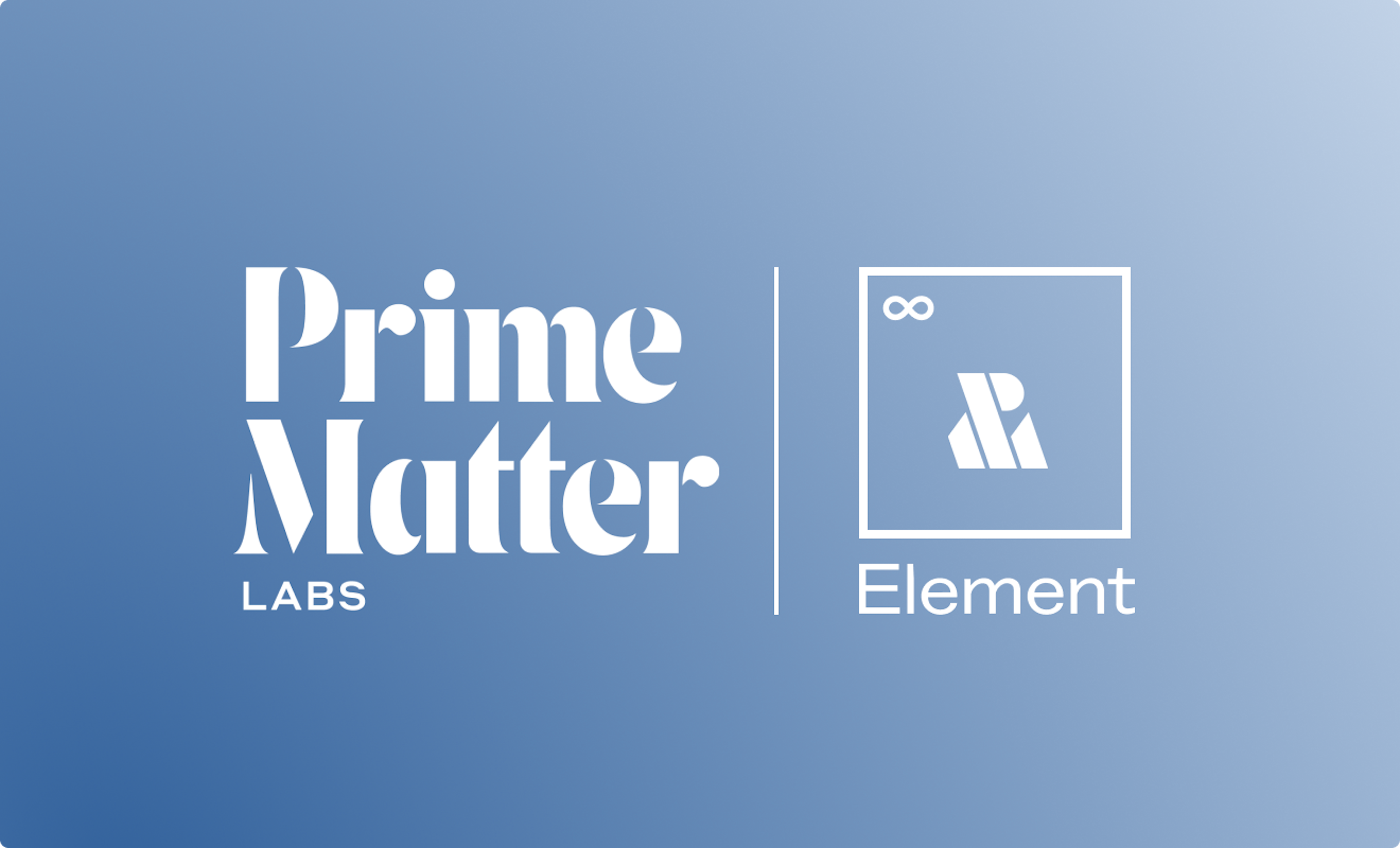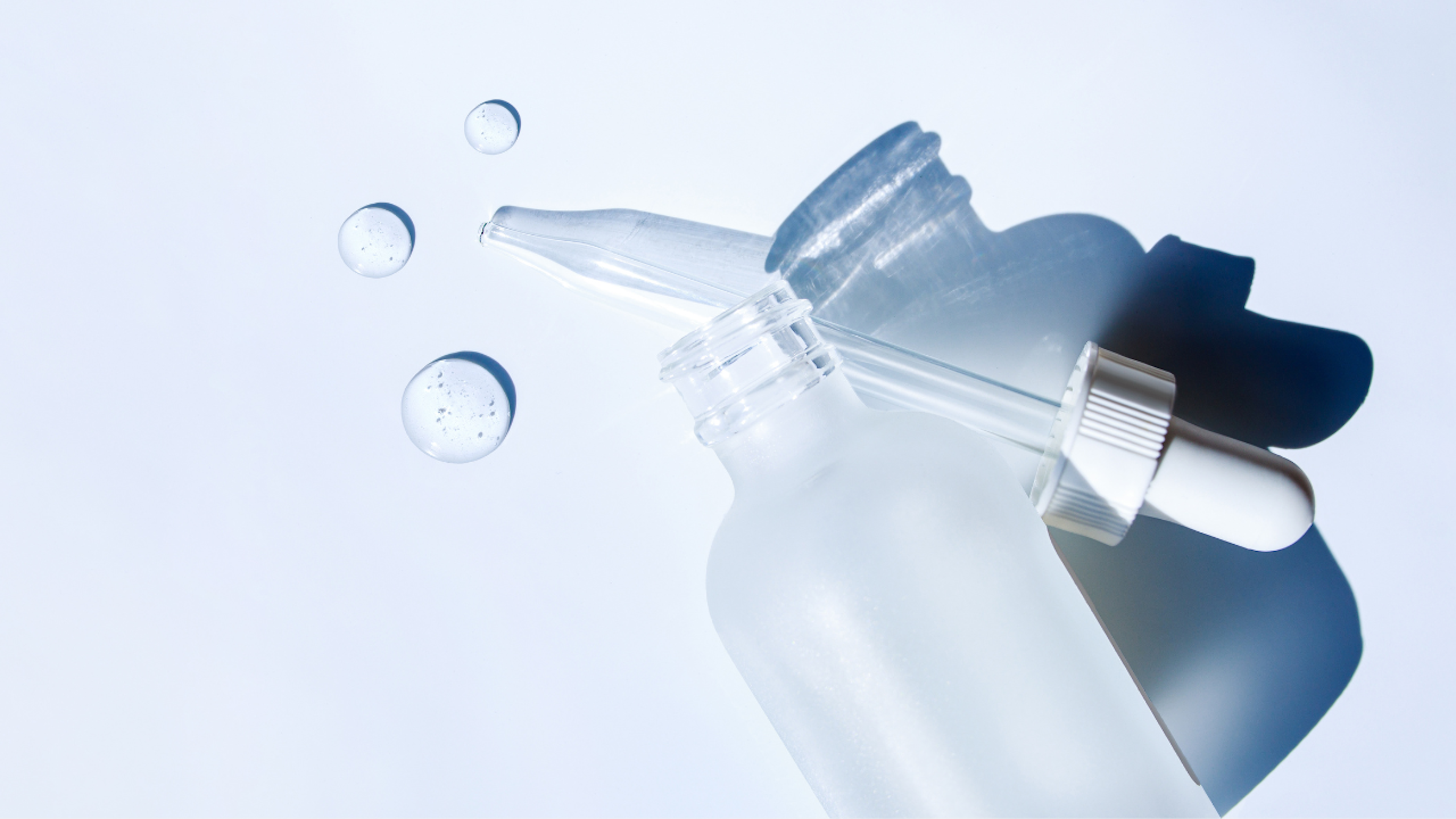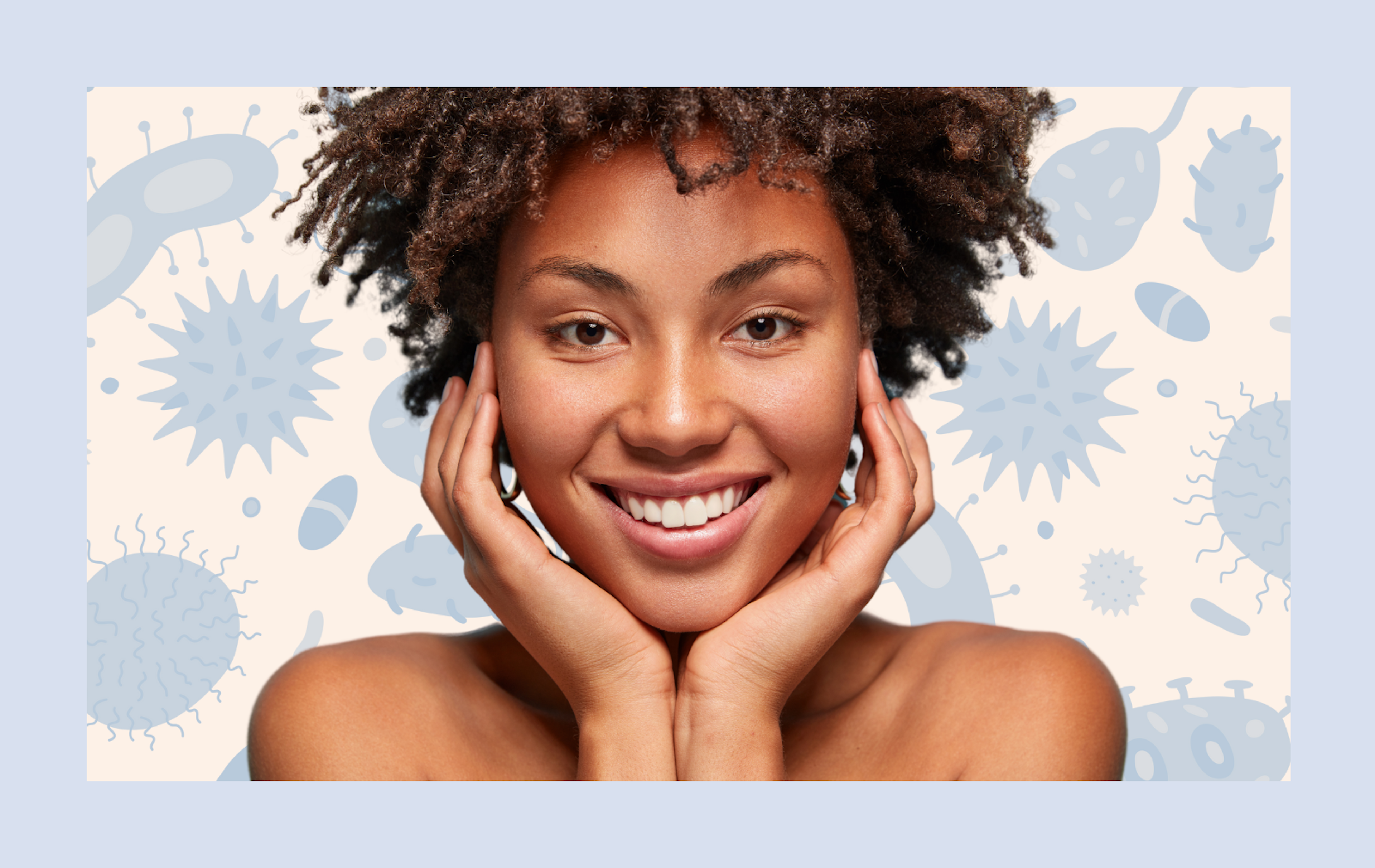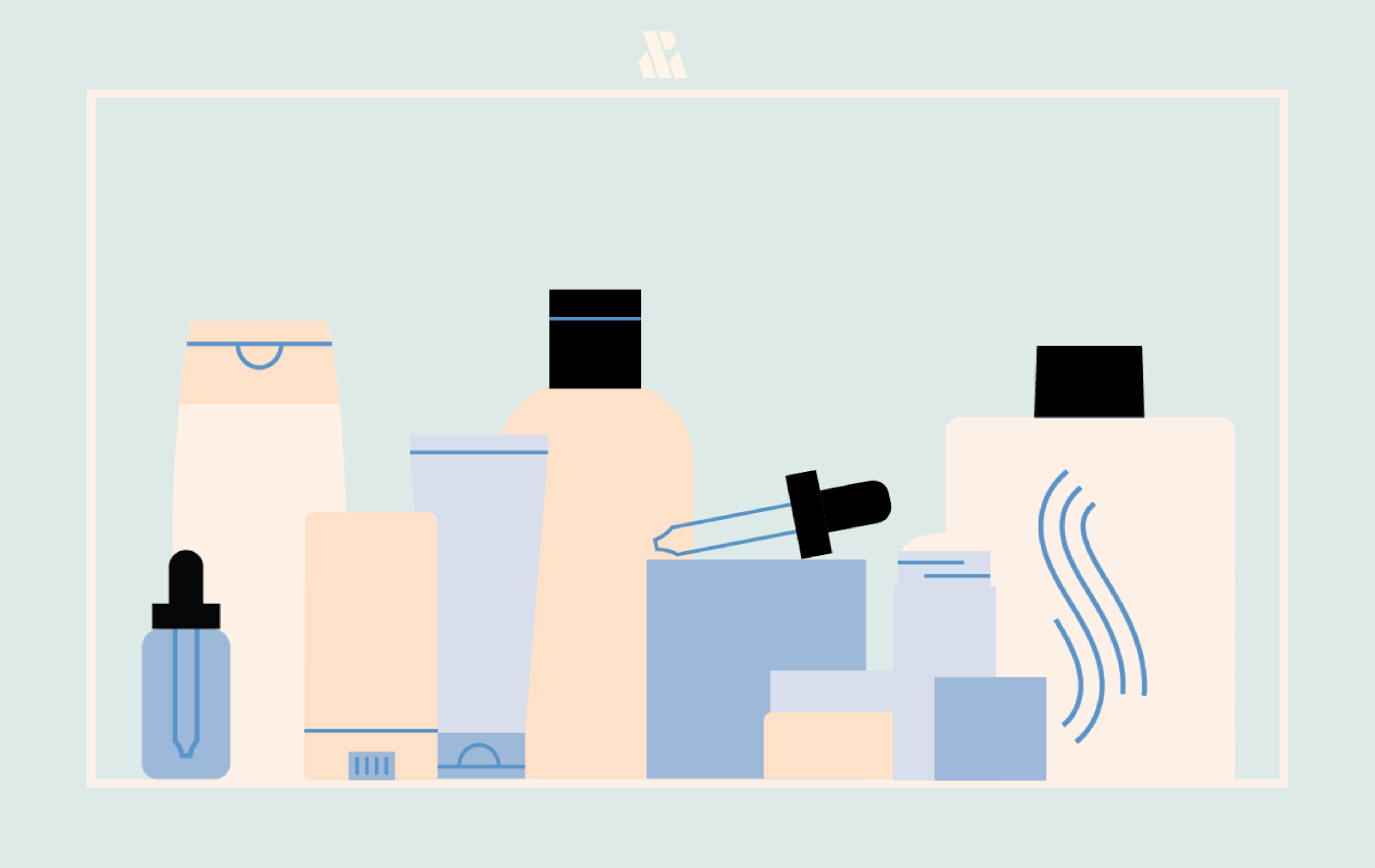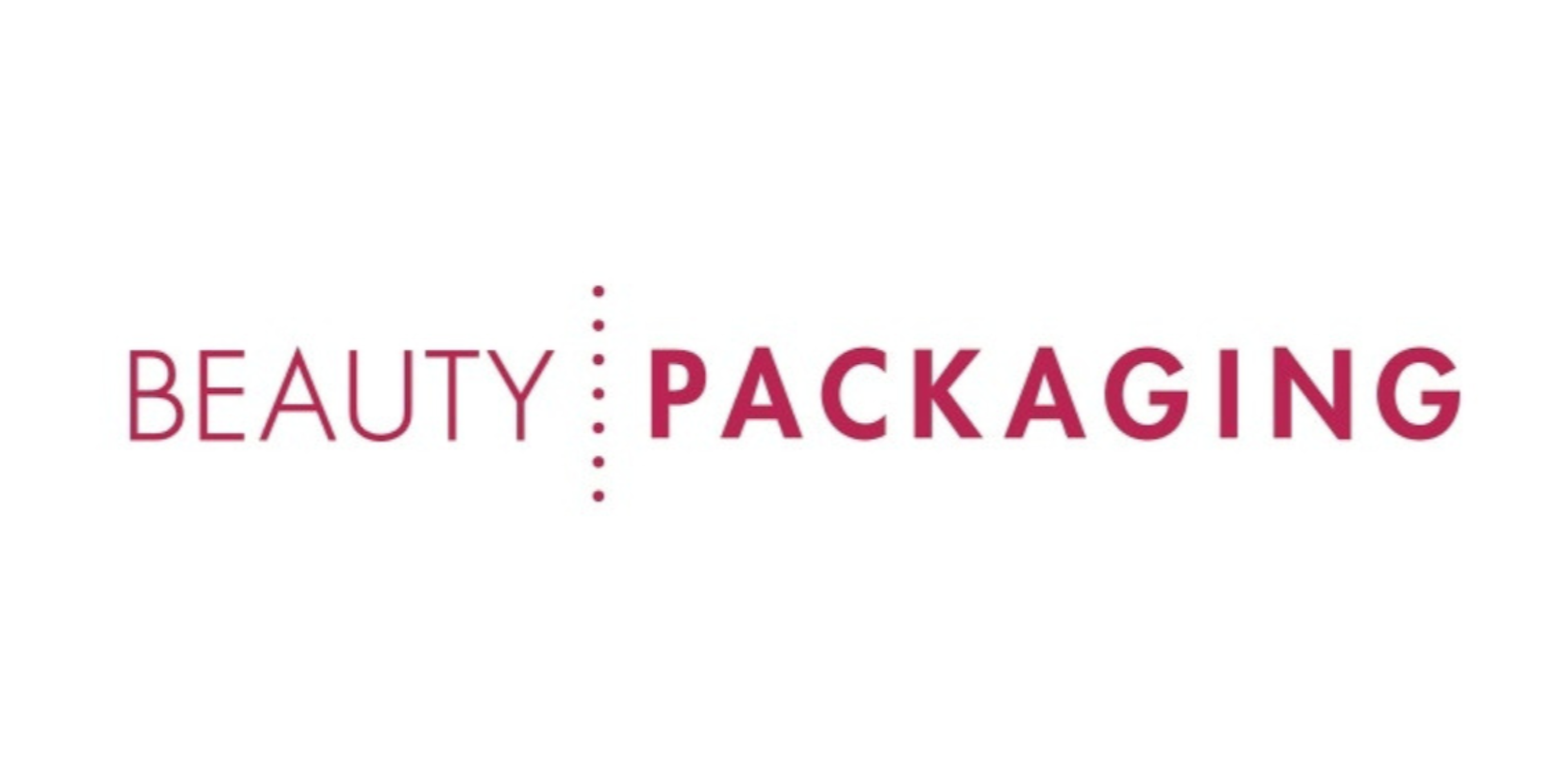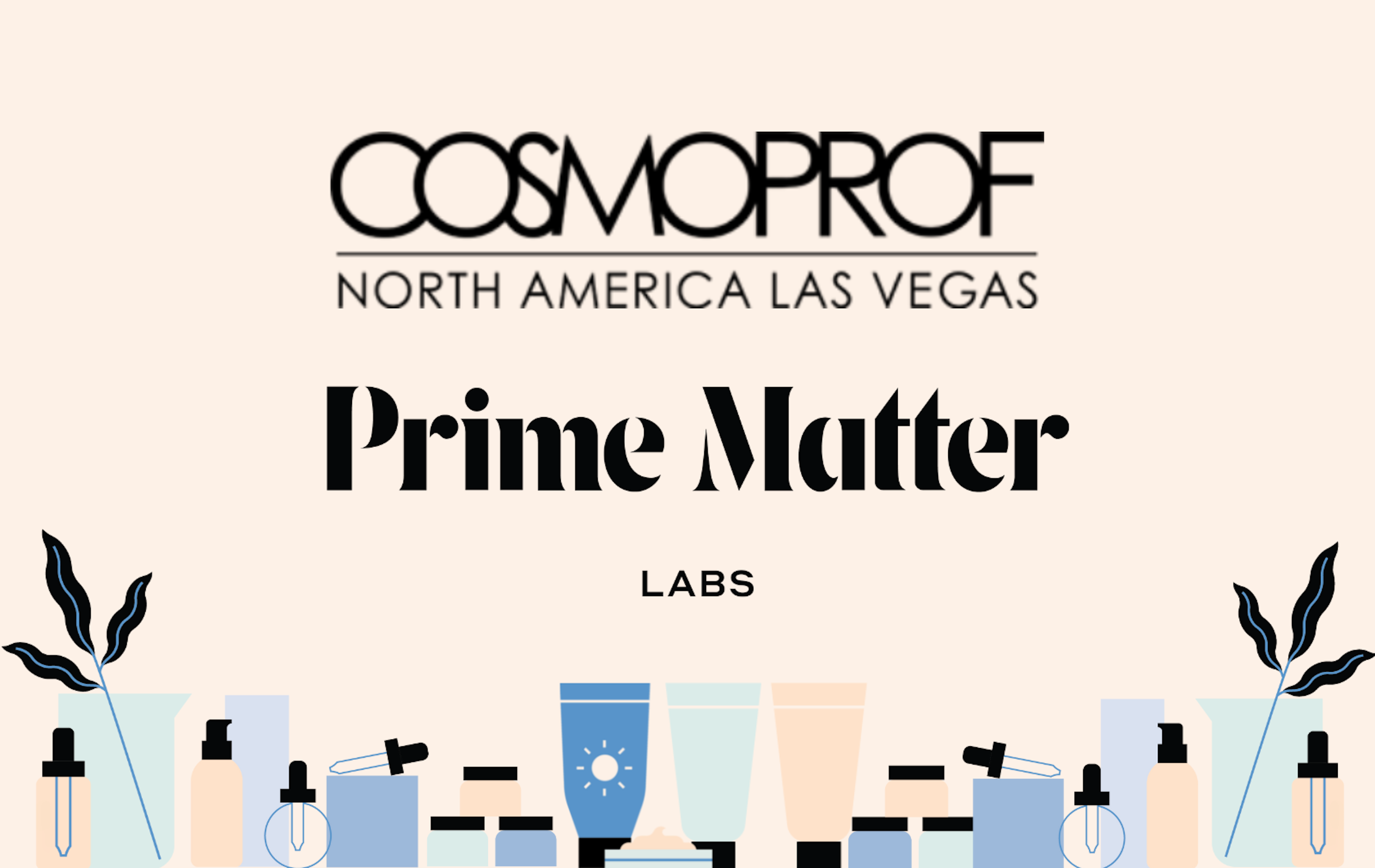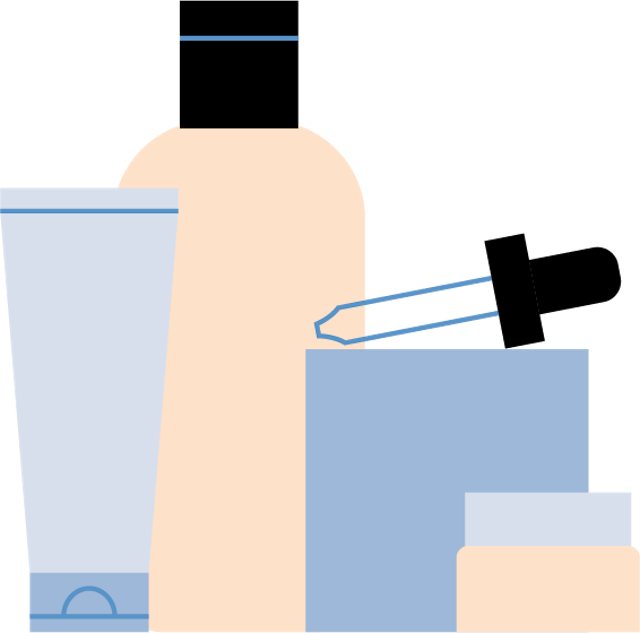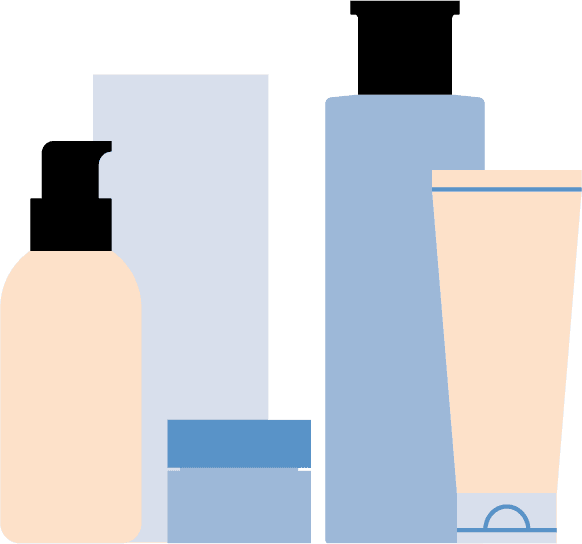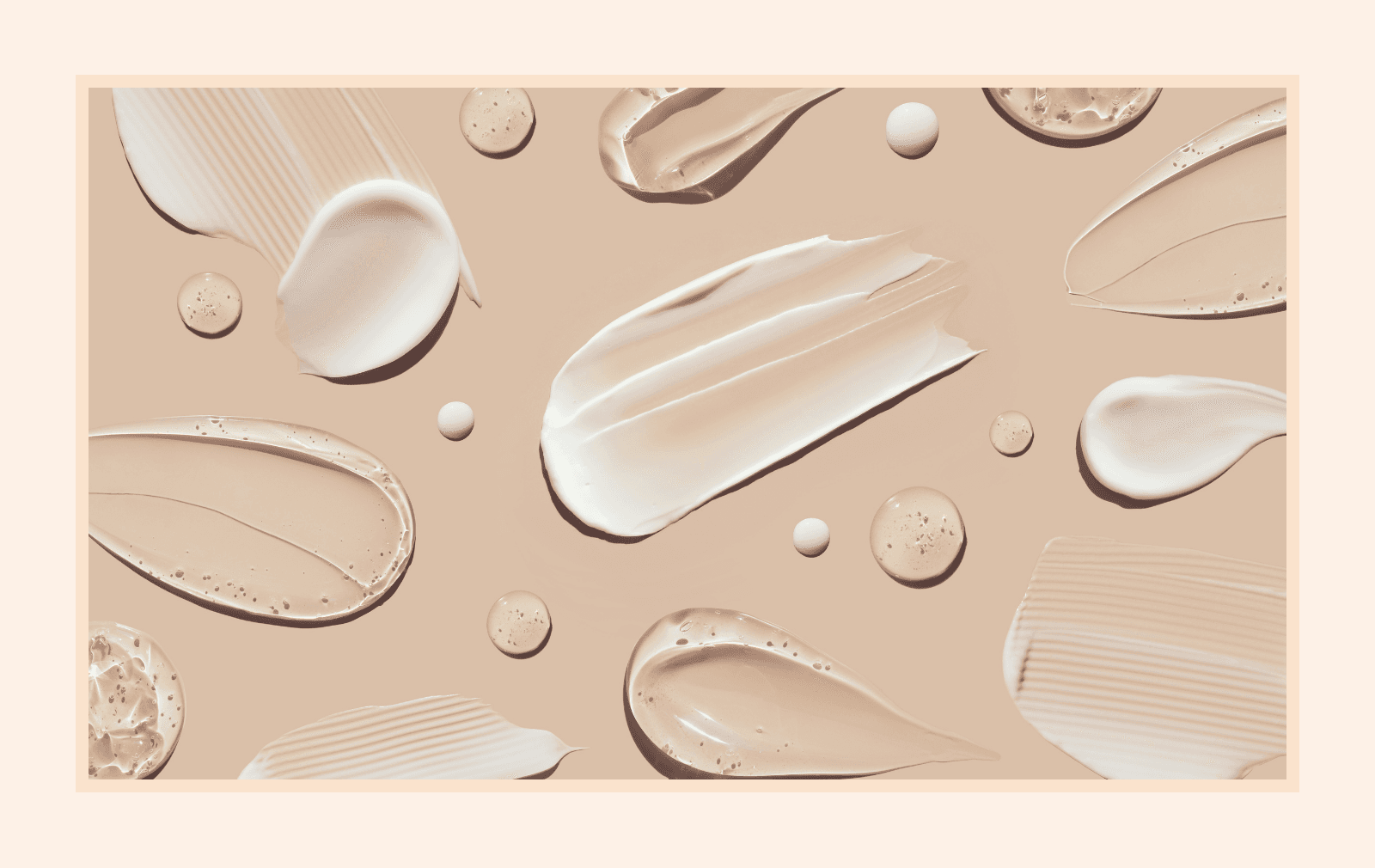
Beauty trends in 2022 were heavily influenced by our collective transition out of the COVID pandemic and into a new state of normal that emphasized science-backed solutions, self-care and community. One trend that stood out and remained top of mind with consumers was sustainability, as we saw product formats and packaging innovate to lessen the ecological footprints of the products we buy.
Alongside our new hybrid lifestyles, we saw the impact of beauty microtrends fueled by TikTok viral sensations, which further helped to showcase the importance of science and education to dispel viral myths and ill-informed beauty practices. The consumer mindset was also driven by the fluctuating economy and inflation, giving customers financial reasons to reconsider the value of the products they choose to purchase.
As we look to 2023, we believe the themes of sustainability, science-backed efficacy, and value and will continue to drive consumer preferences and reward brands that are transparent, innovative and engaging with their audiences.
Download the Report
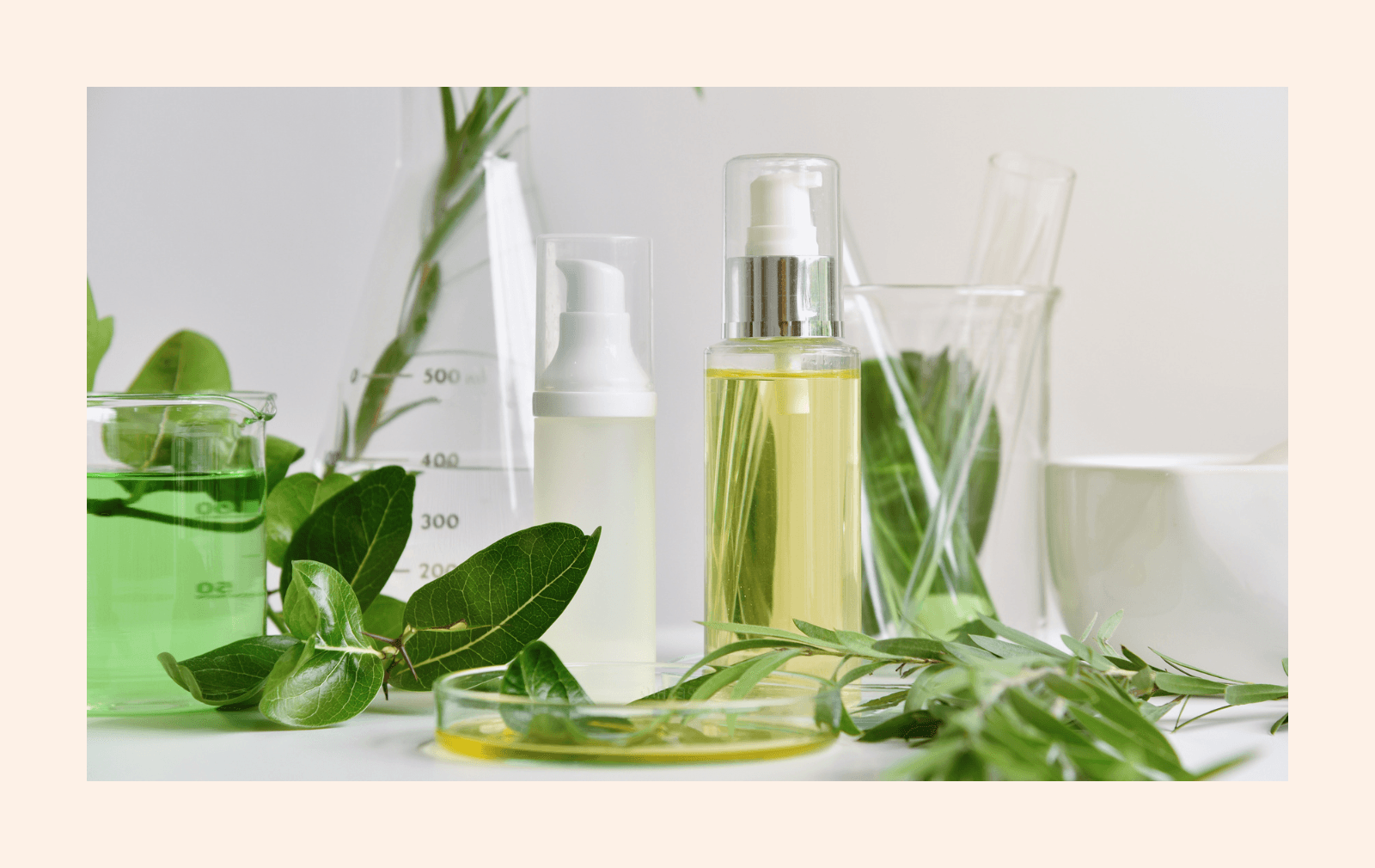
SUSTAINABILITY
While much of the discussion around sustainability in 2022 was focused on formats (waterless products) and packaging (refillable), there have also been innovations in ingredients that we think will be impactful in 2023. According to The Benchmarking Company, 64% say sustainability is very important when considering the purchase of a beauty product, which makes brands’ sustainability goals an important differentiator when competing for customer loyalty. When asked what sustainability means in relation to beauty products, most consumers refer to products that are made with ingredients that are renewable, replantable or sustainable.
As one of the earlier sustainability trends in the industry, upcycling, or the use of discarded material left over from other processes, is an easy win for all. It makes use of valuable materials, especially food byproducts, that would otherwise go to waste, is cost-effective and beneficial for the environment. According to Project Drawdown, roughly one-third of all food produced worldwide is wasted and 8% of human-caused greenhouse gas emissions come from food loss and waste, which is why upcycling has the potential to significantly reduce greenhouse gas emissions and become an important sustainability tactic for the industry.
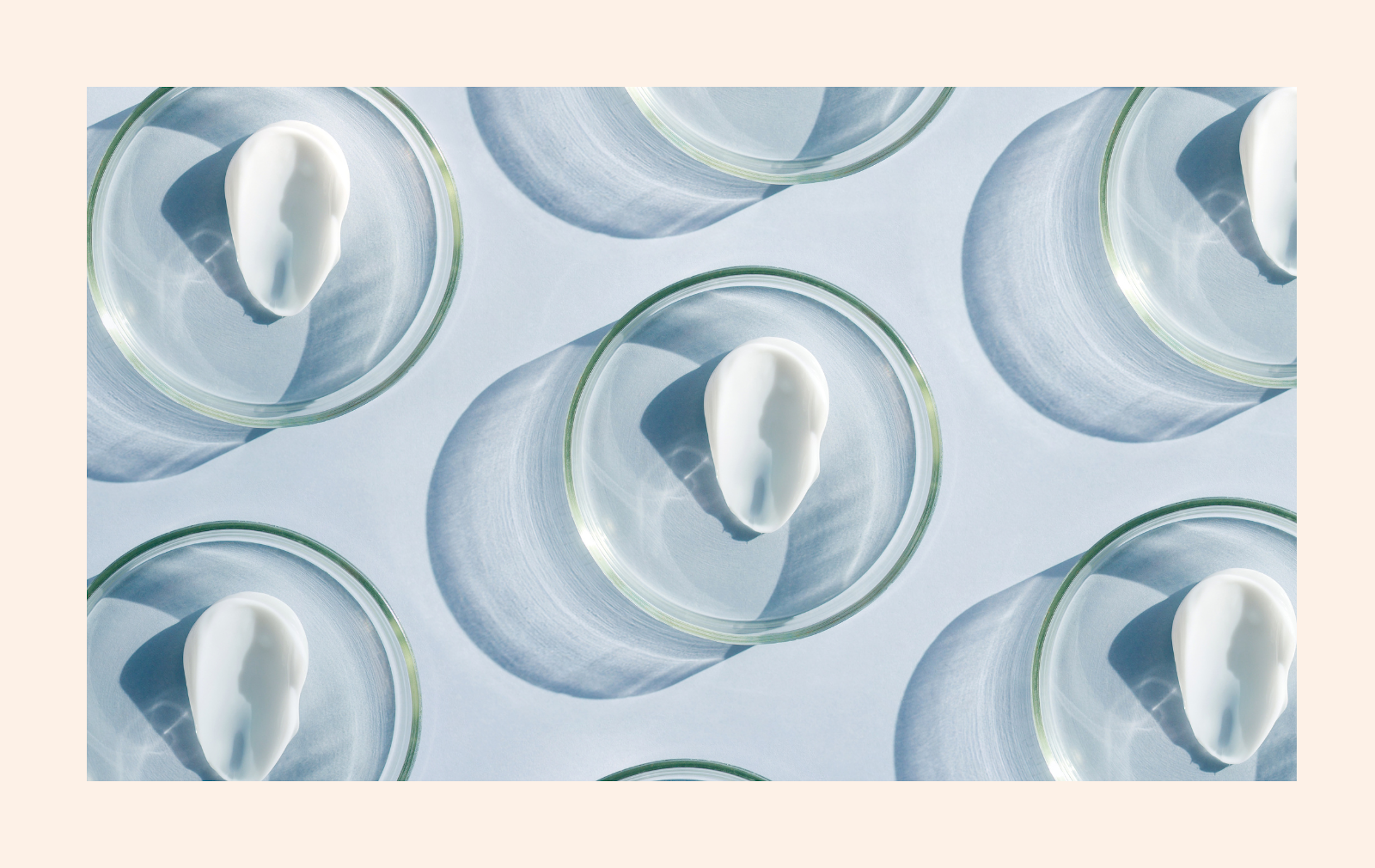
BIOTECHNOLOGY
Another trend that speaks to both the importance of sustainability and science-backed solutions is biotechnology derived ingredients that are more consistently effective, beneficial for the environment, and in some cases, just as cost-effective as the alternative. According to biotechnology firm Geltor, biotech beauty ingredients are a $1 billion opportunity advancing at a compound annual growth rate of 9%.
More locally produced biotech derived ingredients also help to lessen the footprint of ingredients that would typically have been sourced from all over the world. For example, Unilever has partnered with biotech firm Geno to scale and commercialize sustainable alternatives to palm oil which is associated with deforestation in Southeast Asian countries.
Firms are also using biotechnology to develop vegan alternatives to ingredients. The most well-known example is the olive or sugarcane-derived squalane, an alternative to squalene which is traditionally derived from the liver of sharks. Another ingredient being tackled by biotechnology is collagen, a popular ingredient in beauty typically derived from animals. Biotech firm Geltor has developed a vegan version of type XXI human collagen with their ingredients Collume and HumaColl21. While biotechnology is still a developing area, both in terms of processes and regulations, we believe it has the potential to benefit both consumers and the beauty industry while also lessening their effects on the planet.
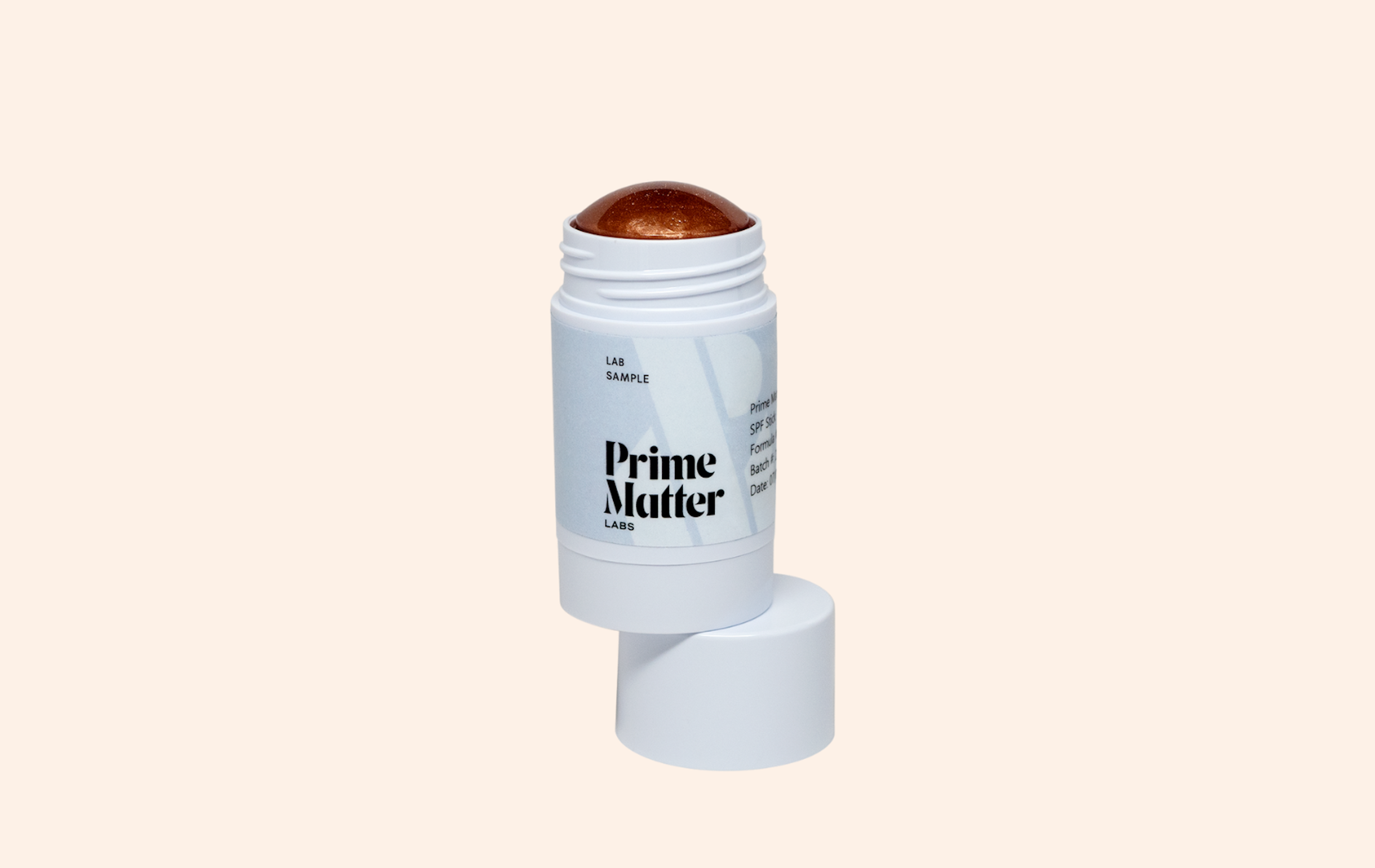
MULTIFUNCTIONAL
Whether it’s ethical purchasing decisions that benefit the planet, cost-saving or time-saving, multifunctional products speak to the top-of-mind concerns of the modern consumer, offering them products that work harder and smarter while also reducing waste. Mintel analysts report that the pandemic accelerated the demand for hybrid products and gave them their current mainstream appeal. As the skin care category rose in popularity and sales during the pandemic, so did consumers’ desire to simplify their routines and prioritize personal time, making them less likely to want to invest large portions of their time in laborious routines.
With consumers’ focusing more on efficacy and value, we believe multipurpose products are here to stay and will be a big part of 2023. While 2022 featured the ubiquitous multi-balm stick to deliver hydration and radiance to all parts of the face and body, we can expect to see more cross-category collaboration like SPF and cosmetics and hair care products that help protect and repair from environmental stressors, or products that deliver full treatments in one product for common issues like skin care products that manage blemishes and scarring, or eye area products that moisturize, treat and camouflage dark circles. (Learn more about Why the Multitasking Beauty Trend is Here to Stay)
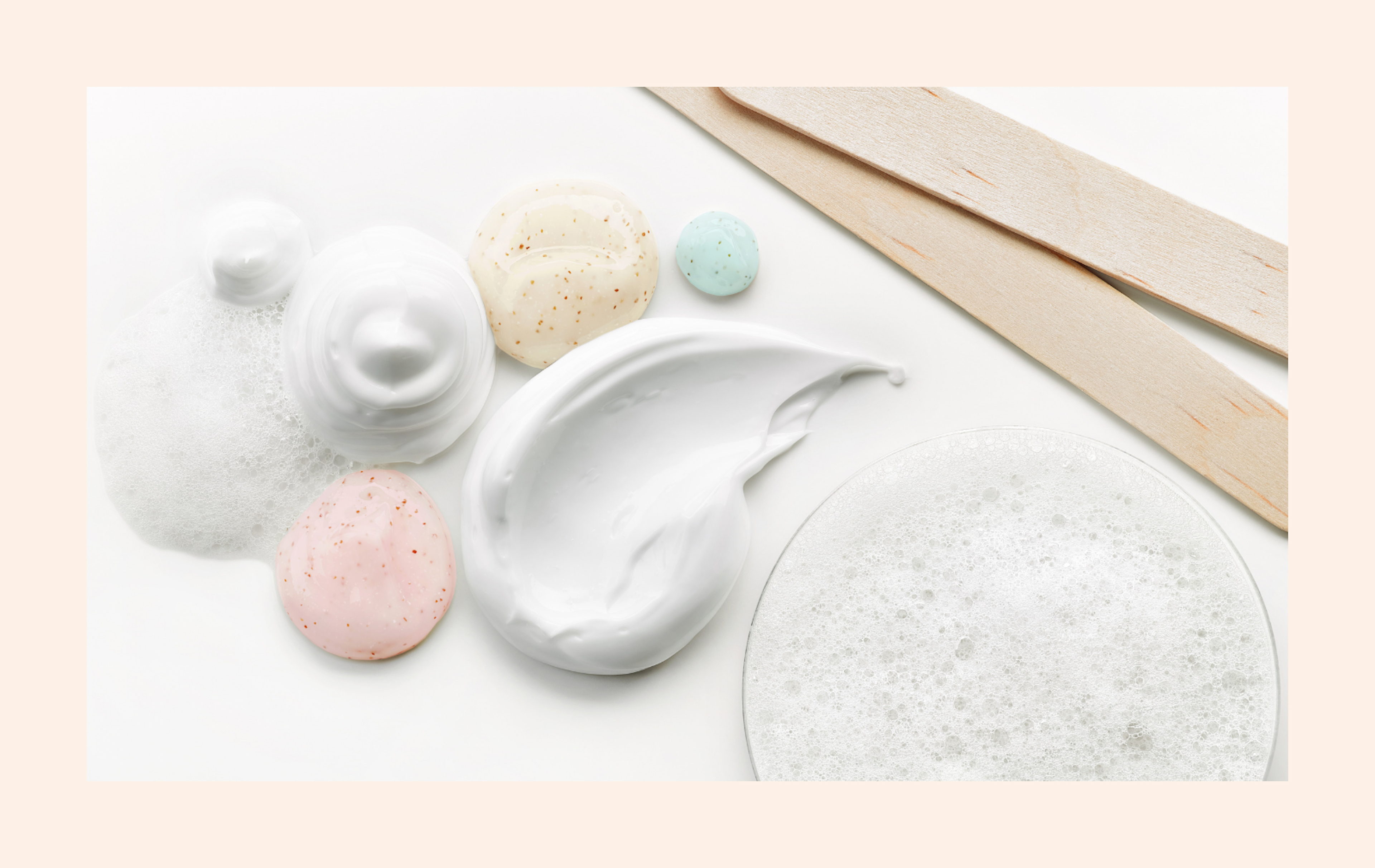
SKIN CARE IN SCALP AND BODY CARE
Consumers now understand that the health of their skin doesn’t stop at their neckline. The shifting focus to science-backed and efficacious ingredients also extends to hair and body care. We’ve begun to see more and more products in 2022 that speak to this trend and 2023 will be no exception. We expect to see more skin care star ingredients like niacinamide, hyaluronic acid, or vitamin C become a mainstay in body care or scalp treatments. For more ideas for ingredients that work in scalp care, see our chart on Skin Care Ingredients in Hair Care Products.
Including key skin care ingredients across categories also helps brands standout in a crowded marketplace and differentiate their product among competitors. Consumers are also more aware of ingredients and their benefits, lessening the cost of educating consumers and increasing opportunities to leverage the ingredient in marketing. And since this is still an emerging trend, there’s still space to innovate and develop products that deliver powerful ingredients and skin care benefits to all parts of the body.

UNDERSERVED AUDIENCES
The industry’s success over the past few years has made for a more crowded market, pushing brands to innovate in new areas that were previously underserved. One of these previously ignored areas is menopausal beauty products that speak to the specific concerns of someone that may be going through hormonal changes. The menopause market is estimated to be a potential $600 billion, with 1 billion women worldwide poised to be in the life phase by 2025. To put the market potential into perspective, the oldest millennials are now approaching 40 and will soon be entering perimenopause and experiencing all the hormonal changes that entails. While several brands, like Naomi Watts’s brand Stripes, have launched to specifically address the audience’s concerns, there is still plenty of space to innovate across categories to create lines, products and community for the traditionally underserved audience.
In addition to menopausal beauty, there are opportunities to develop innovative beauty and personal care products for the unique needs of a variety of underserved audiences. McKinsey reports that Black consumers are three times more likely to be dissatisfied than non-Black consumers with their options for hair care, skin care, and makeup, yet they make up 11.1 percent of the total US beauty market, meaning there’s a real opportunity to better serve the Black American consumer and develop products that truly meet their needs.
With science-backed efficacy, value and sustainability leading the way, we’re excited to see what innovations we can help our brand partners develop in the new year.
Download the Report
*For more trend content, check out Three Ingredients to Watch in Hair Care. *
Prime Matter Labs offers tailored product development and production, adapting and innovating along with your business. Work with our team to capture exactly what it's going to take to meet your consumers’ unique needs. Contact your Prime Matter Labs Project Manager or start your project here.

